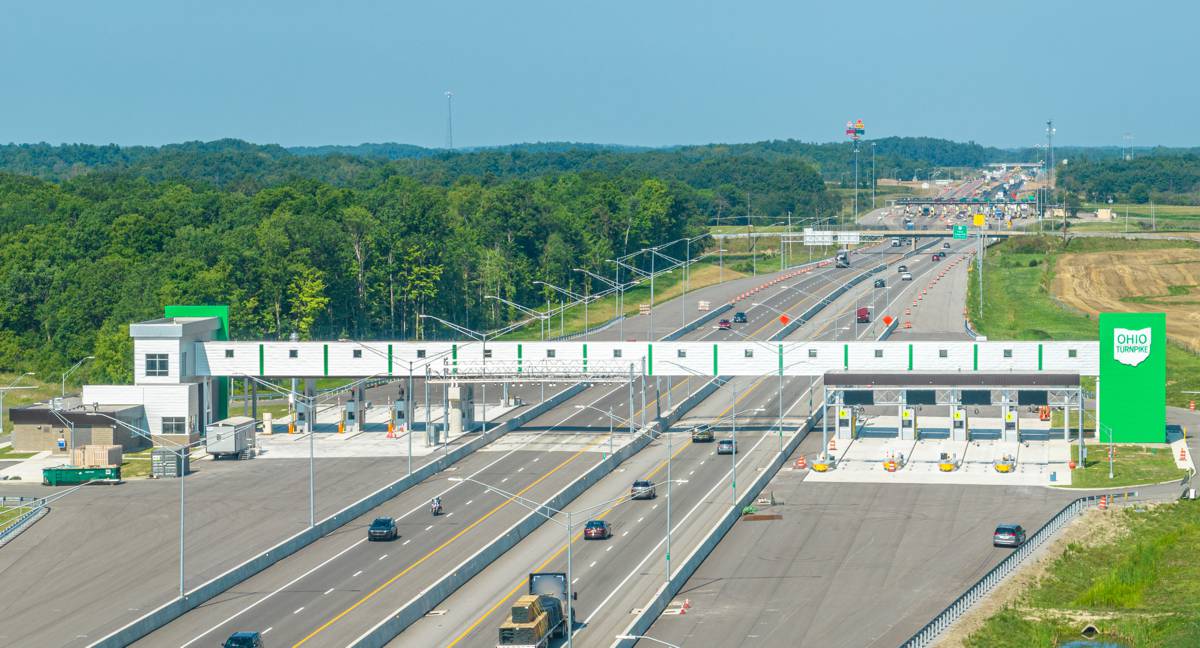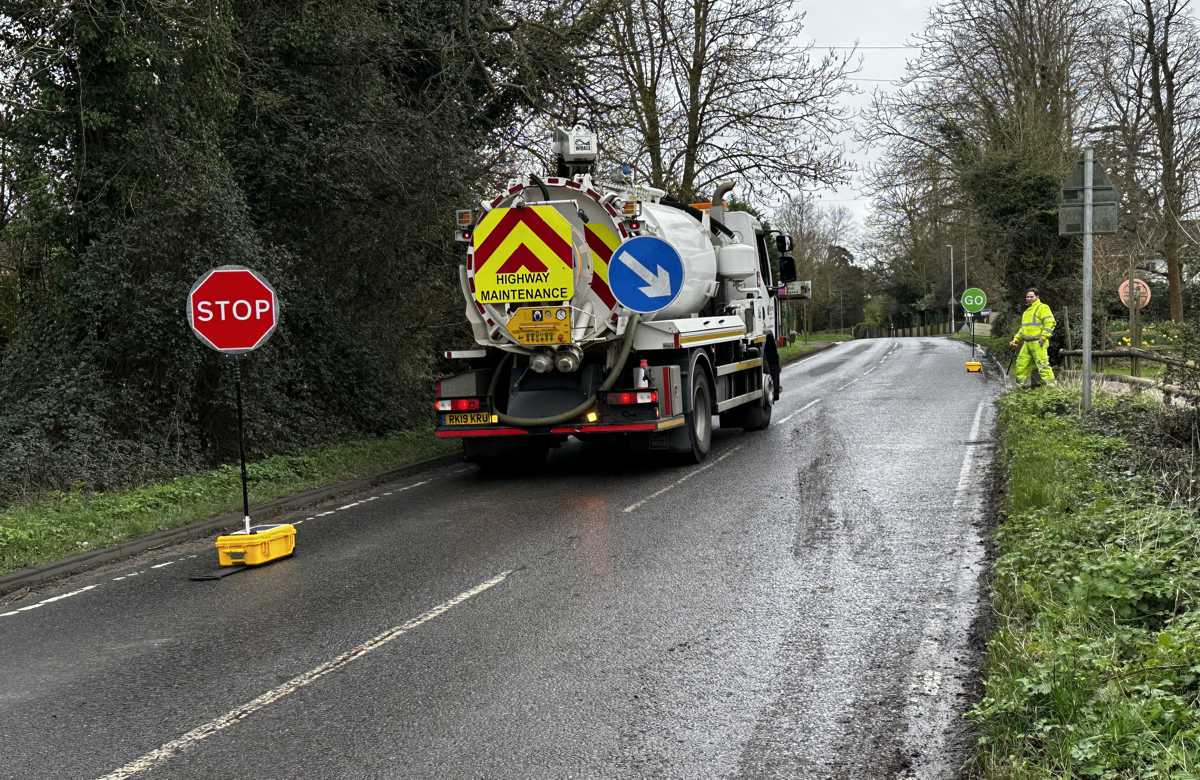Overcoming barriers to highways innovation
Removing barriers to adopting innovation and ensuring standards keep pace with technical developments is vital if we are to meet future infrastructure needs, says Tensar Highways Technical Manager Craig Andrews.
More than £460bn is set to be spent on the UK’s infrastructure between 2010 and 2020, much of that on the roads network. Going hand-in-hand with this spend is a drive to deliver safe infrastructure efficiently, with schemes that offer value for money (in terms of both construction and whole life costs) and have minimal environmental impact.
Meeting these targets essentially boils down to mitigating risk – a large proportion of which lies in the ground. It is incredibly difficult to predict every possible situation arising during construction.
However, designing to actual ground conditions can deliver more appropriate solutions, mitigate risks and ultimately add more value. This does not necessarily mean spending more money but requires a change of approach and wider acceptance of ‘alternative’ value engineered designs. Inevitably, design codes and standards lag behind technological advances but in some sectors, they are now many years behind.
Take the use of geosynthetics in road pavement design. While stabilisation geogrids have been used on thousands of road projects around the world for the past three or four decades, particularly for construction over weak and saturated ground, they are still viewed as alternative solutions in permanent roads because they are not specified in design standards.
This is despite a wealth of empirical evidence and independently-verified research that has demonstrated how geogrids mechanically stabilise a road’s granular layers, helping to delay early failure of flexible pavements, reducing asphalt rutting and cracking, and thereby preventing moisture and contaminants entering and weakening the pavement.
Trafficking capacity of pavements incorporating geogrids can be up to six times greater than traditionally-built pavements, making roads safer, for longer. This improved performance reduces maintenance and repair requirements, reducing disruption to road-users and local residents.
Mechanically-stabilised layers can also reduce the overall thickness of a pavement structure, so fewer materials are used, plus roads can be built over weak ground with a reduction in dig and replace. The result is reduced embodied energy and CO² emissions, with fewer vehicle movements during construction. Finally, construction is also faster, safer and can deliver better value for money.
Fortunately, clients are beginning to realise that sticking to normal practice is not going to help them meet their ambitious infrastructure plans.
Highways England, for example, is actively engaging and collaborating with its supply chain to explore how it can work with specialists to tap into new techniques and approaches.
In fact, building better relationships is at the heart of infrastructure’s future success. Encouraging engagement, knowledge sharing and providing forums to allow the supply chain to match its expertise with clients’ needs are all essential for delivering reliable, robust and safe infrastructure for future generations.
From September 2017, Tensar will be holding a roadshow at various locations across the UK, demonstrating how Tensar Road Technology can save time and money on highways projects. To find out more information and register your interest, visit www.tensar.co.uk/roadshow.















